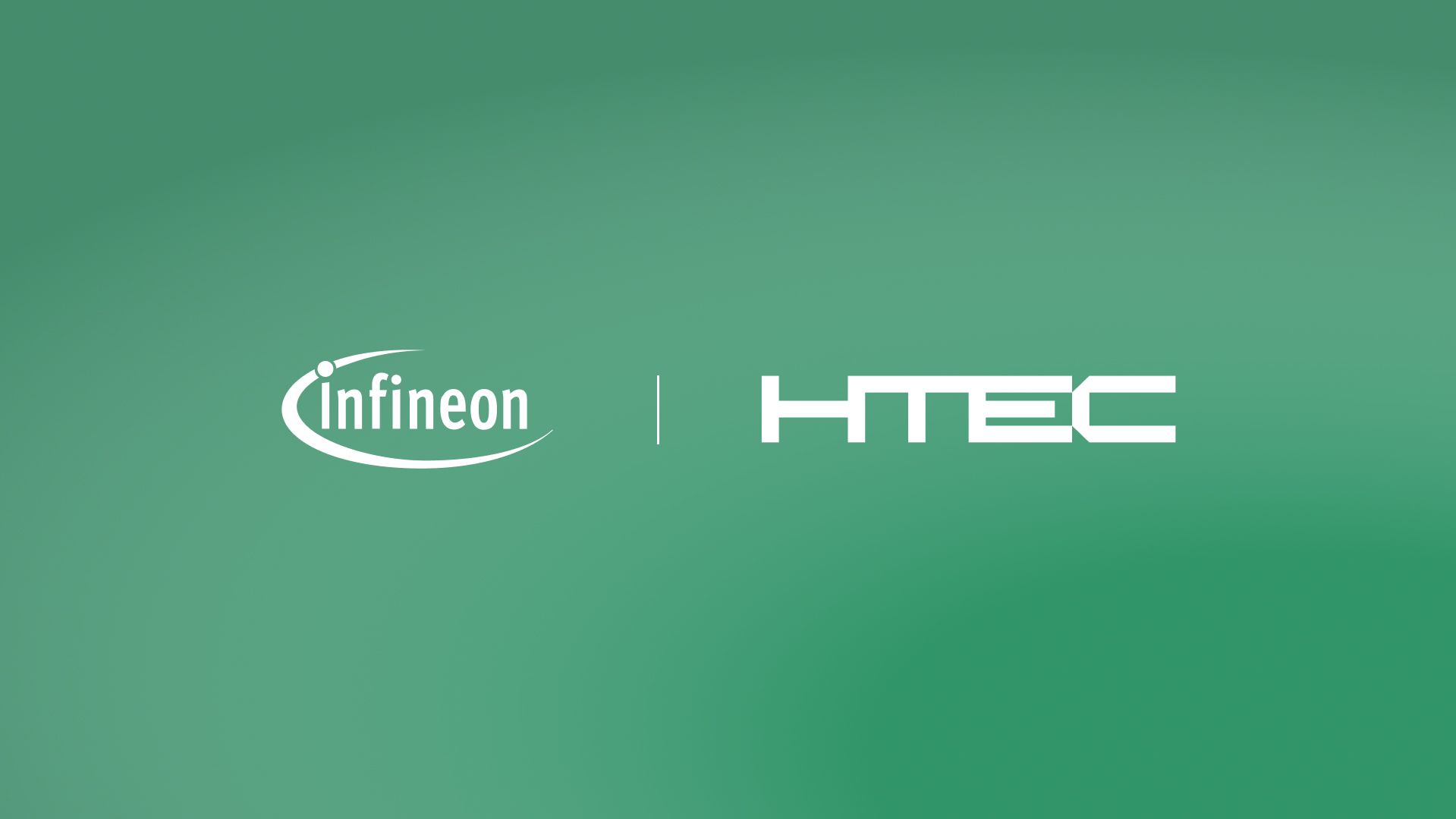Tech-savvy, socially conscious, and growing fast: Meet Generation Z, the world’s first digital native generation. Born between 1996 – 2010, Gen Zers now outrank millennials as the world’s majority generation.
With $143B in buying power in the US alone (making up nearly 40% of all consumer sales), Gen Z commands a growing influence over consumer trends––especially in fintech and banking. But with great purchasing power comes great responsibility. Aside from bank accounts, Gen Z lacks familiarity with financial products. This gives banks the perfect opportunity to engage Gen Z with financial solutions.
What makes Gen Z unique as customers?
Generation Z doesn’t know life before the Internet. They were born into an era of significant technological and economic change. With the digital transformation of the early 2000s, Gen Zers grew up alongside social media, smartphones, and cutting-edge software and hardware. Because tech has made Gen Z’s personal lives easier, faster, and more efficient, they expect a fast and customized user experience.
Gen Z also experienced the impact of the 2008 Great Recession. They saw their parents’ financial struggles and witnessed the toll economic uncertainty has on a family. Additionally, Gen Zers have had to deal with massive student debts. The shaky financial climate and confusion of the mid-2000s pushed Generation Z to later spend their money more consciously and sustainably.
Putting the technological and financial pieces together, Gen Zers focus on three key areas as engaged consumers: personalization, efficiency, trust, and sustainability.
How banks can attract younger customers
Banks can leverage the following Gen Z financial preferences to attract and retain a younger customer base.
Mobile banking: 96% of Gen Z said they use online banking services, according to a Manole Capital Management survey. They use mobile banking to swiftly transfer funds, deposit checks, and monitor statements. The bottom line is that young customers desire digital banking solutions that are fast, convenient, and efficient.
Digital wallets: Over half of Gen Zers use digital wallets such as Cash App or Apple Pay on a monthly basis. Digital Wallets make it easy for younger consumers to send and receive money. In fact, it’s so popular now that the US Senate’s Banking Chairman is re-introducing a law that would let anyone create a bank account (FedAccount) at any bank or credit union. Banks can appeal to younger customers by integrating Digital Wallets as a central feature.
Personalization: Younger consumers want banks to tailor services to their specific needs. As a result, AI-integrated tools like Smart Chatbots or Dynamic Dashboards that provide a personalized user experience are popular amongst Generation Z. Banks can therefore take advantage of artificial intelligence to create a personal touch for younger customers.
Savings solutions: Data from The Financial Brand found that 43% of Gen Zers want to learn to save, and another study found that 56% of them have talked to their parents about savings. Banks can use innovations like predictive analytics to forecast spending patterns for younger customers and help them improve their savings habits.
Education: Gen Zers want banks to be their financial literacy coaches. Financial Brand also found that 38% of Gen Zer’s want to learn how to make smarter buying decisions, and 36% want to enroll in a course that explains how to file for taxes. In the same vein, only 19% of graduates think they know enough about credit overall. This provides plenty of room for banks to provide Financial Education (FinEd) solutions to attract and retain younger customers.
The needs and wants of Gen Z have clearly changed how banks interact with younger customers. So, what will be the impact of this demographic on fintech and banking going forward?
How will Gen Z impact fintech and banking?
Generation Z will have a big impact on two key areas of fintech: semi-autonomous digital banking and non-traditional banking.
Semi-autonomous digital banking will become the rule rather than the exception. Semi-autonomous implies the use of digital cognitive agents or AI systems to help with financial decisions. It’s the same concept as semi-autonomous cars (which help steer the wheel while the driver remains in control). This hybrid approach will provide Gen Z with the right amount of personalization and autonomy to make smarter, faster, and better money moves.
And when it comes to money movements, Gen Z has shown its favoritism towards non-traditional fintech banking methods like peer-to-peer (P2P) products. 75% of Gen Z consumers use P2P products every month, with easy-to-use apps like Zelle and Venmo leading the way.
The rise in P2P demand is due to younger consumers’ desire for instant transactions. Banks will be impacted by the need to adopt a fintech P2P approach to reach Generation Z and will need to deliver solutions that facilitate instant fund transfers while maintaining a seamless user experience.
The way forward for fintech and banking
The future of fintech and banking lies in sustainability, system planning, and an emphasis on RegTech (regulatory technology).
Sustainability: Sustainability is a key driver of Gen Z purchasing decisions. 62% of Gen Zers prefer to buy from sustainable brands, and 73% are willing to pay more for sustainable products. As a result, Gen Zers will ask banks to help them invest in sustainable brands. For example, The Bank of Aland’s Baltic Sea Card gives customers access to information about the environmental repercussions of their consumption habits. Therefore, it’s safe to say the future of fintech and banking will include the widespread adoption of bio-sourced payment cards.
System Planning: When COVID destabilized the world economy, there was an uptick in consumer emphasis on trust, ethics, and transparency, especially among Generation Z. Preparedness for future financial instability will force banks to become responsive in geopolitics. Because of Gen Z’s focus on sustainability, banks will need to restructure themselves to be ESG-focused and utilize AI to conduct real-time analysis to aid customers in times of financial turbulence. Banks and fintech companies will need to build digital solutions for system planning, which means understanding the greater impact of banking activities on the economy.
RegTech: As banking services go completely online, the threat of cybercrime rises. Gen Z—also known as the “surveillance generation”—is acutely aware of cybersecurity and prioritizes it. Therefore, regulation tech (RegTech) will become a focal point of innovation in fintech and banking. For example, the bank HSBC uses intelligent fraud detection to capture money launderers.
To conclude
Generation Z is actively transforming fintech and banking as we know it. With their emphasis on personalization, efficiency, trust, and sustainability, these “digital natives” will alter the financial services landscape for the better.
Want to learn more about how HTEC’s technology expertise can transform your business? Explore our Innovation Strategy and Financial Services & Insurance capabilities.





